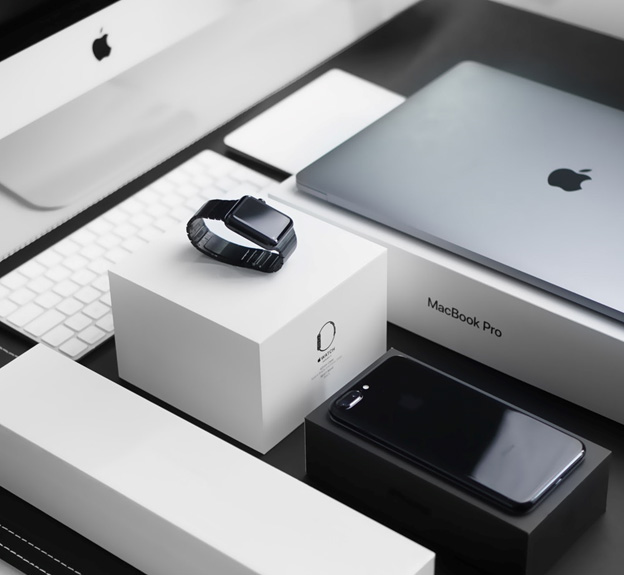
Authenticity, transparency, practicality – a great packaging design is said to combine these three elements in a way that grabs the attention and delivers on the promise. But if this is the holy trinity of great packaging design, then what other features and elements help differentiate this must-have merchandizing concept from a remarkable one? In other words, what defines an exceptional design?
Could there be another trifecta, and what elements would it include?
Meeting Consumer Expectations
Authenticity, transparency, and practicality each serve an important function in modern-day branding. The first helps beat the competition with something original, the second encourages B2C relationships built on trust, and the third satisfies today’s demands for convenient and intuitive UXs.
But these are only general expectations that must not only be met, but also exceeded.
The umbrella term for these three elements would be marketability. When the packaging design fails the authenticity test, it is hardly able to deliver any competitive advantage. When transparency is amiss, so is consumer trust. The same goes for practicality, which might be the most crucial element here.
Marketability thus ensures a good enough packaging that might be able to boost sales, but only to a certain extent. For packaging to be exceptional, however, this is not enough. There must be a surplus of value to define a certain design as superb, and this surplus can be either aesthetical or functional.
Exceeding Personal Expectations
Some brands achieve this with high levels of personalization. Since every niche has its own unique audience with its own unique needs and pain points, these special demands are used by designers to choose and deliver highly specific designs that speak the unique language of that certain audience.
The green trend is an obvious example here.
Eco-friendly consumers of organic produce shouldn’t be asked to buy products in plastic packaging, for instance. There’s a message that must be conveyed with product packaging, and in this scenario, plastics speaks of the brand’s short-sightedness and inability to fully grasp the needs of its audience.
The WOW Factor Sells on Spot

Looking beyond personalization, an element that’s quickly becoming a must-have marketability feature too, we have packaging design that’s been taken up a notch to provide something that’s not only attention-grabbing, but that also delivers a certain WOW factor as an offer that can’t be refused.
A bamboo drink packed in a minimalist can shaped like a bamboo stem, for instance.
Such examples rely on a shape, pattern, or a mixture of elements that’s never been seen before, and therefore breaks the mold of packaging design. They make the consumers think wow, this is crazy interesting, let’s give it a chance, simultaneously redefining how they perceive the brand as a whole.
The Essence of Design: Innovation
While WOW factor can be both aesthetic and functional, the innovation rule aims to reinforce the practical value of packaging. This is a combination of the two elements where they complement each other in delivering a better UX instead of being two separate, though equally effective features.
It’s important to discern that innovative packaging design doesn’t only look interesting, but also redefines how a product is used. That’s where design thinking and ideation come to the scene to deliver ground-breaking packaging designs that cannot possibly be overlooked by savvy consumers.
As a leading contract packaging vendor, Fapco is your go-to source of ingenious packaging designs. We aim to exceed expectations and break the mold with each new project, which is why we use creativity and innovation to both reinforce your brand and redefine how your audience perceives it.
If you’re on the market for an exceptional packaging design, browse through our services today!

